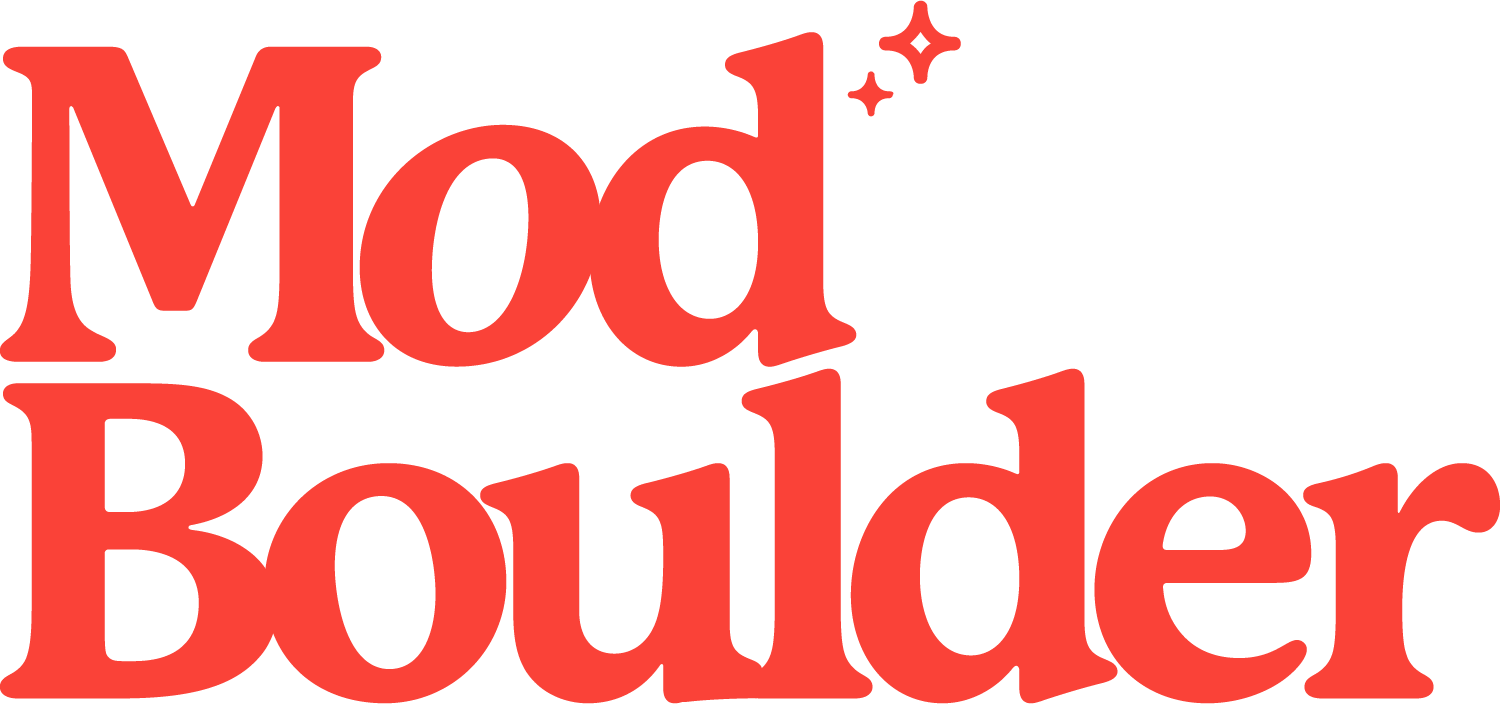What’s Your Type? The 4 Common Types of Home-Building
Let's begin with an analogy: you need a new coat. This winter wardrobe update leaves you with several options—you purchase a coat off the rack from a clothing store, you have one tailor-made, or you make a few repairs to your current coat to either keep it or sell for a better one.
The same options can be roughly applied to home-building. Whether it’s a ground-up custom build, a pre-designed spec, a total remodel of an existing home, or a flip for cash, these four different types of home-building have widely varying characteristics. Here, I share with you the four main types: custom, spec, remodel, and flip.
CUSTOM
Building a custom house is creating a one-of-a-kind home to fit your needs, desires, and style—as well as the lot it sits on. Because you’re involved in the design and planning from the ground up, the house fits you, your family, and your land to a T.
The usual custom home scenario goes something like this: you buy a lot, hire an architect, and find a builder. Occasionally, these steps happen in a different order. For example, you’ve found a builder you trust, and ask him to help you find a lot and/or an architect.
Sometimes, lots are leveled and ready for construction, and sometimes they’re sold with structures already on them. If your lot has an existing structure you plan to raze, you must adhere to your city's teardown laws. These laws are often complex, and dictate everything from construction noise level to the shadow cast by the new house.
In addition, many communities have design review panels, who ensure your new home’s design fits into its already established neighborhood, as well as tree ordinances, which require you to save or replace mature trees.
Custom houses come in all styles, from contemporary to colonial. The most important word to remember when building a custom home? C-A-S-H. In today’s market, getting a "lot loan" is a tall order with many (tangled) strings attached. But if you’ve got the green and the patience, a custom home will serve you and your family well for years to come.
SPEC
Remember the coat analogy? If a custom home is a tailor-made coat, a spec home is bought off the rack. A spec home is a home that a builder constructs based on the speculation of what a buyer is looking for. As such, a spec home is constructed with a number of options already included in the price.
There are many benefits to buying a spec home. Because these homes are usually at or near completion, this means the buyer can move into a newly constructed home much quicker than if they built a custom home. And for those who lack the finished-product visionary trait, buyers get to see exactly what they’re buying before they make a purchase.
When the economy is healthy, spec houses abound; builders are able to sell them quickly, using the profits to build more. When the economy is sour, fewer builders are willing to take the spec-house gamble for fear of sitting on empty homes.
Spec homes come in all sizes and shapes, and fit a variety of styles. Their biggest draw is for those who want new construction, but have little time to shop around.
REMODELS
So that coat of yours. Maybe it has a few holes and a couple of missing buttons, but you really love it and want to fix it, so you mend the things you don’t like and gussy up a few other features in the process. Remodeling a home is much the same; fixing an existing home to fit the current owner’s needs, desires, and style.
Home remodeling can be done for a number of reasons: adding comfort, maintaining or repairing problem areas, boosting square footage, and saving energy are just a few. The work is largely contained within the existing structure, although pop-tops and add-ons are a common theme in remodels, too.
Much like custom homes, remodels tend to adhere to specific (and often updated) styling that suits the current owner’s taste. Imagine kids’ rooms with whimsical murals, kitschy kitchens, and bedrooms converted into offices. Then imagine Tom Hanks’s laugh as the bathtub falls through the floor in The Money Pit. Remodel at your pace, to your taste, and at your own risk.
FLIPS
Ah, who hasn’t spent a weekend binge-watching fix-and-flip real estate shows? What was once a profession for the trade craftsman soon became a fantasyland of projects for weekend warriors. Where remodels resemble custom homes, flips are more similar to specs: they’re designed to be finished, well-kitted products for the buyer.
Flips often start as bargain properties that are in dire need of repair, and are purchased below market value. With improvements made during the renovations, flips can be sold at or even above market value.
For floor plans, finishes, and styles, flippers tend to pick designs that meet the needs of the many versus the select few. Flippers think along the same lines as spec builders, figuring out what appeals to buyers in that price range, in that neighborhood, in that style of home, and so on. Additionally, flip homes often have ample square footage: an area where profits can be easily gained.
Flips can be lucrative, but they can also be time-consuming, complicated, and risky. Flippers should understand the risk of the investment, educate themselves thoroughly, and make sure there’s plenty of cash on hand for budget surprises, unexpected tasks, and extended timelines.
Whether you build your home from the ground up or take it down to the studs to start fresh, approach any home-building project with plenty of tools—both literal and figurative—to see your project successfully through from start to finish.

